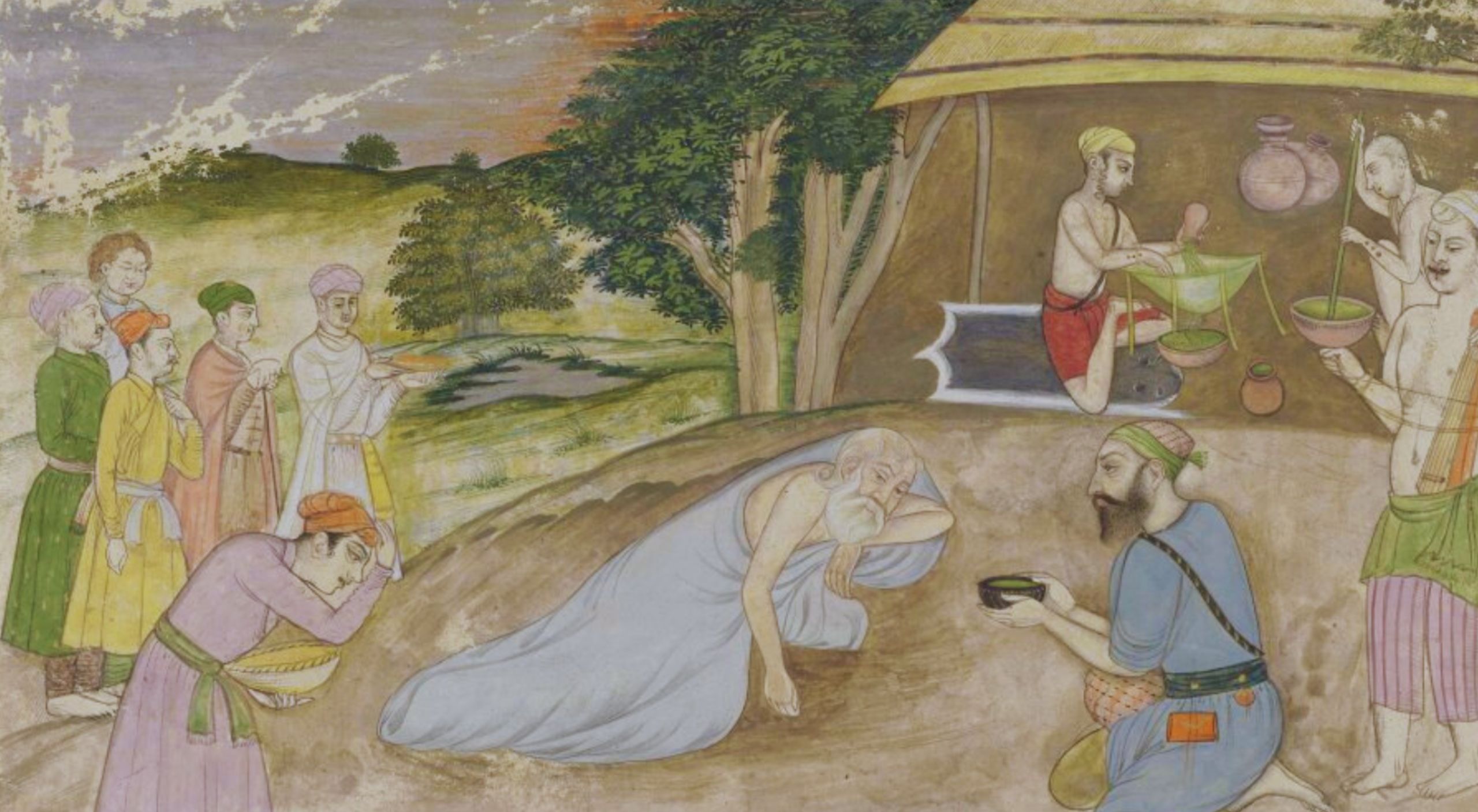KISANOULÉ BANN ZARAB
The university libraries and the Gujarat Heritage House are pleased to offer you the exhibition: KISANOULÉ BANN ZARAB Zarab and Karane: Gujarati component of La Réunion from March 1 to May 24, 2024 Saint-Denis University Library Droit-Lettres La Gujarat Heritage House is an ongoing historical interpretation center […]
The university libraries and the Heritage House of Gujarat are pleased to offer you the exhibition:
KISANOULÉ BANN ZARAB Zarab and Karane: Gujarati component of Reunion Island
from March 1 to May 24, 2024
Saint-Denis University Library Law-Letters
The Gujarat Heritage House is a historical interpretation center currently being designed, based in Saint-Pierre, which aims to retrace the epic story of the immigration of Reunion Islanders from Gujarat (India).
Learn more
The Reunionese who are called “Zarab” or “Karane” are the descendants of migrants from Gujarat in the 19th century. Since Antiquity, this region of the northwest coast of India has been a major commercial crossroads with merchant networks extending from the East African coast to Southeast Asia. The merchants of Gujarat, grouped into castes, sailed the seas of the Indian Ocean and for thousands of years exported fabrics of exceptional quality thanks to the production of cotton.
It was from 1850 that the first Gujaratis explored the commercial possibilities of Reunion Island from Mauritius. They are employees of large import-export firms in Gujarat. The pioneers of this new immigration will serve as a bridgehead for the arrival of new members. They are young men free from any commitment, who came as independent workers. After several years of going back and forth between the two islands, Gujarati immigrants are expressing their desire to settle permanently in Reunion. Vilified by the local press, their integration into society will not be without difficulty.
The settlement of the Gujaratis in Madagascar is both older and more representative of the ethno-religious diversity of their land of origin. They follow historic Indo-Arab maritime routes through East Africa that lead to northwest Madagascar, the ultimate point of Muslim cultural influence in the Indian Ocean. If they follow a commercial and family path very similar to those of Reunion, these Gujaratis whom the Malagasy refer to as “Karanes” and “Banians” are divided into 5 communities with marked identities: Bohras, Khodjas Ithna Ashery, Khodjas Aga-khaniste , Sunnis and Hindus. Arriving en masse on the Big Island in the 1970th century, they emigrated in large numbers to Reunion from the XNUMXs.
Top of page

